What role does the air filter play in reducing engine intake noise?
The filter element of the air filter is one of its core components and is usually made of porous materials such as paper, foam plastic or metal mesh. When the engine is in the intake process, the air will enter the air filter at a certain speed and pressure. At this time, the porous structure of the filter element will have a certain obstruction and buffering effect on the air flow. This buffering effect does not simply hinder the air circulation, but through its porous characteristics, the air is forced to change the flow path and speed when passing through the filter element, thereby slowing down the flow of air. In this way, the air flow becomes smoother and the turbulence and eddy current caused by excessive air flow are reduced. Turbulence and eddy current are one of the main sources of aerodynamic noise. The buffering effect of the filter element effectively reduces their generation, thereby reducing the intake noise.
The shell of the air filter, as its external protective structure, is usually made of materials such as metal or plastic and has a certain thickness and density. This feature enables the shell to act as a soundproof barrier. When the air flows inside the filter and generates noise, the shell can block and absorb part of the noise. Its sound insulation principle is similar to that of a soundproof wall, which reduces the propagation of sound through the density and thickness of the material. The shell can effectively limit the noise inside the filter and reduce the propagation of noise outside the engine compartment, thereby reducing the impact of the engine intake noise on the surrounding environment.
Some advanced air filters have made innovations in design and adopted special intake channel designs. For example, adding guide plates and optimizing the shape of the intake duct. The guide plate can guide the air to flow along a predetermined path to avoid unnecessary turbulence of the air during the intake process. Optimizing the shape of the intake duct can reduce the resistance during the air flow and allow the air to enter the cylinder more smoothly. This optimized design can make the air flow in the intake channel more orderly and reduce the turbulence and vortex caused by poor flow. At the same time, a reasonable intake duct shape can also reduce the energy loss during the air flow process, improve the intake efficiency, and further reduce the intake noise.
During the engine intake process, if the air flow speed changes suddenly, such as from high speed to low speed or from low speed to high speed, noise will be generated. The air filter can effectively slow down the change of air flow velocity through its structural design and the buffering effect of the filter element. The porous structure of the filter element and the guiding effect of the shell allow the air to gradually adjust its flow velocity before entering the cylinder to avoid sudden changes in air flow velocity. In this way, the impact noise and eddy noise caused by sudden changes in air flow velocity are reduced, making the engine intake process more stable and reducing the overall intake noise level.

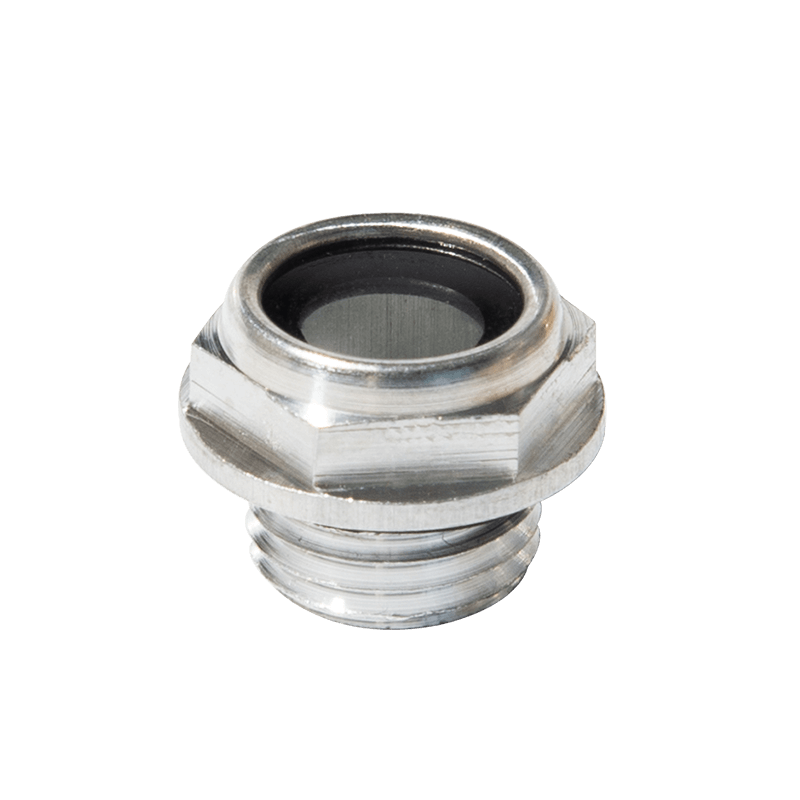
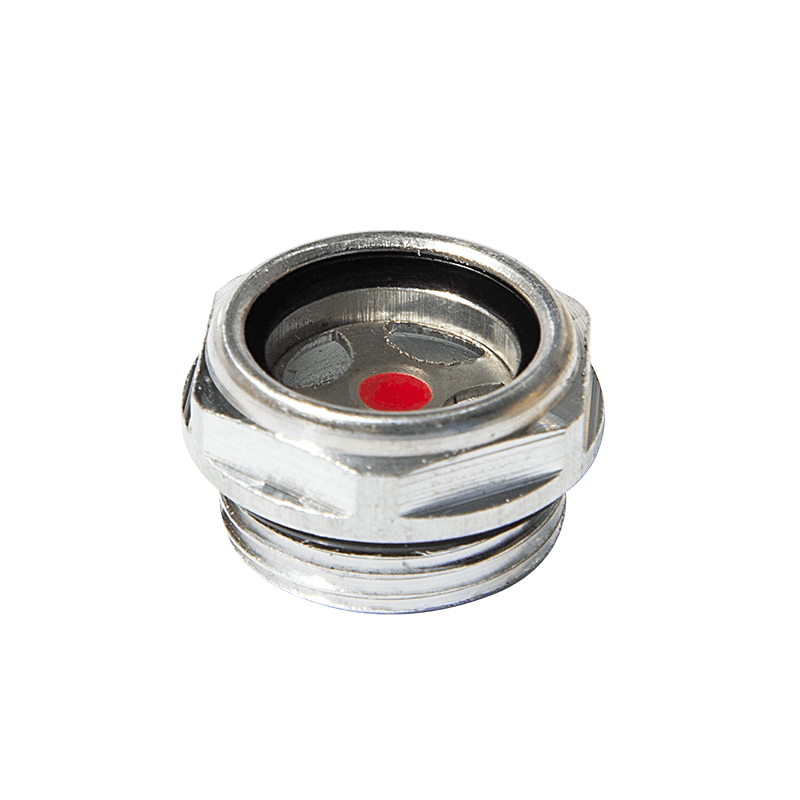
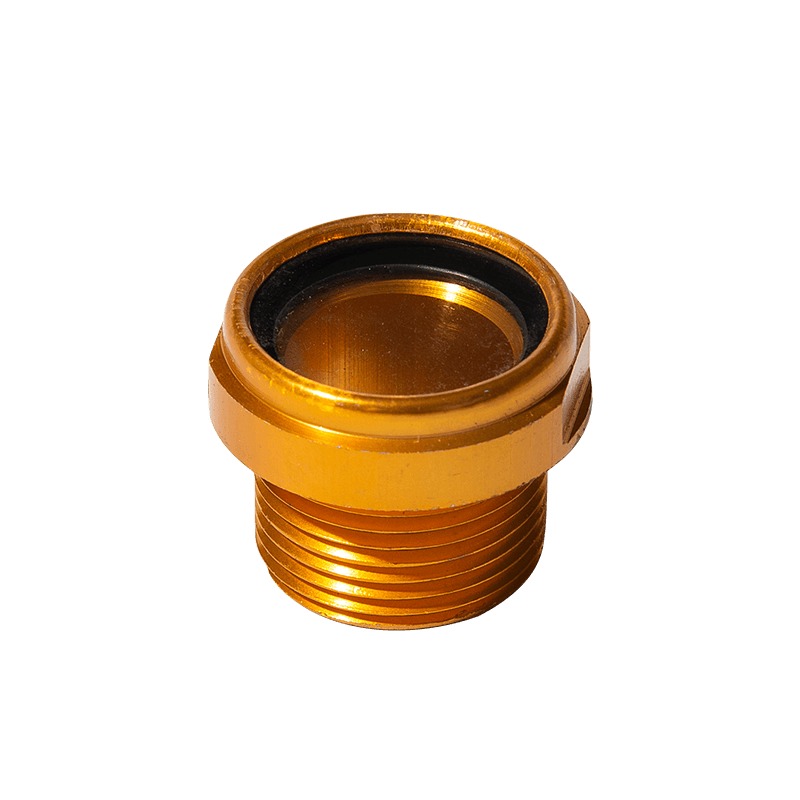
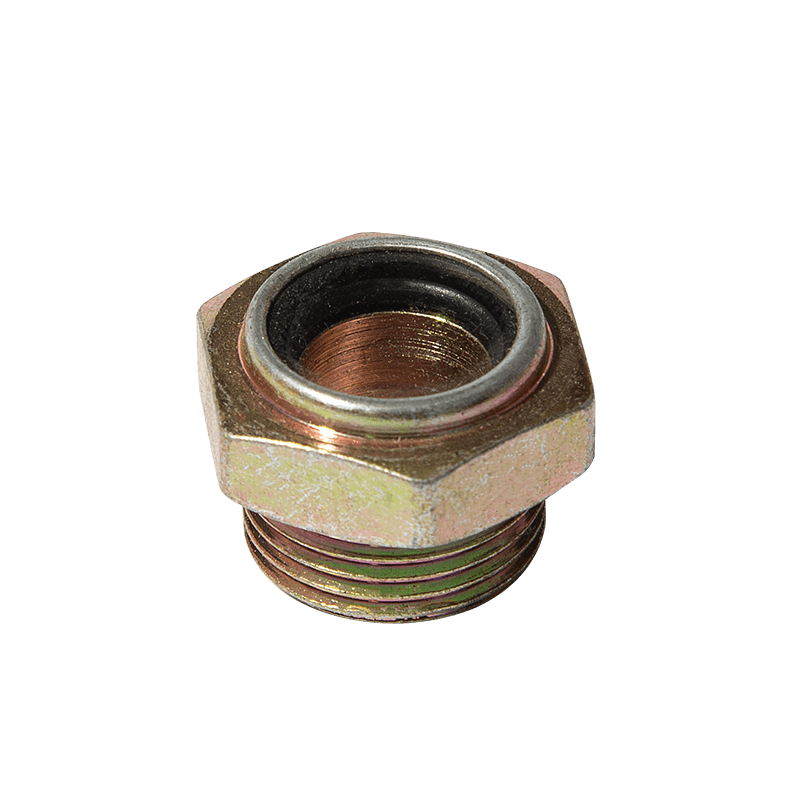
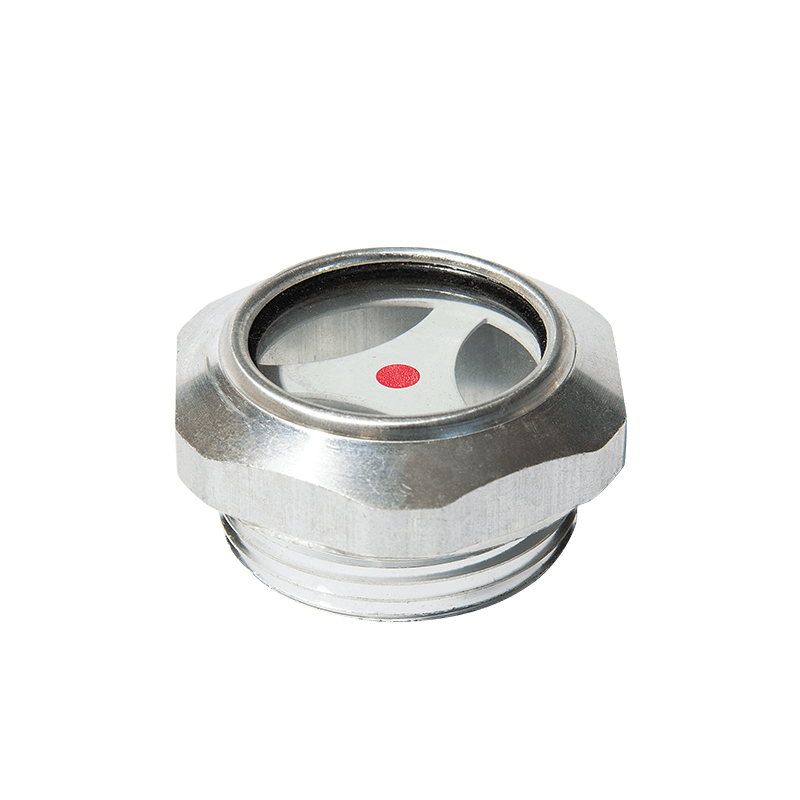
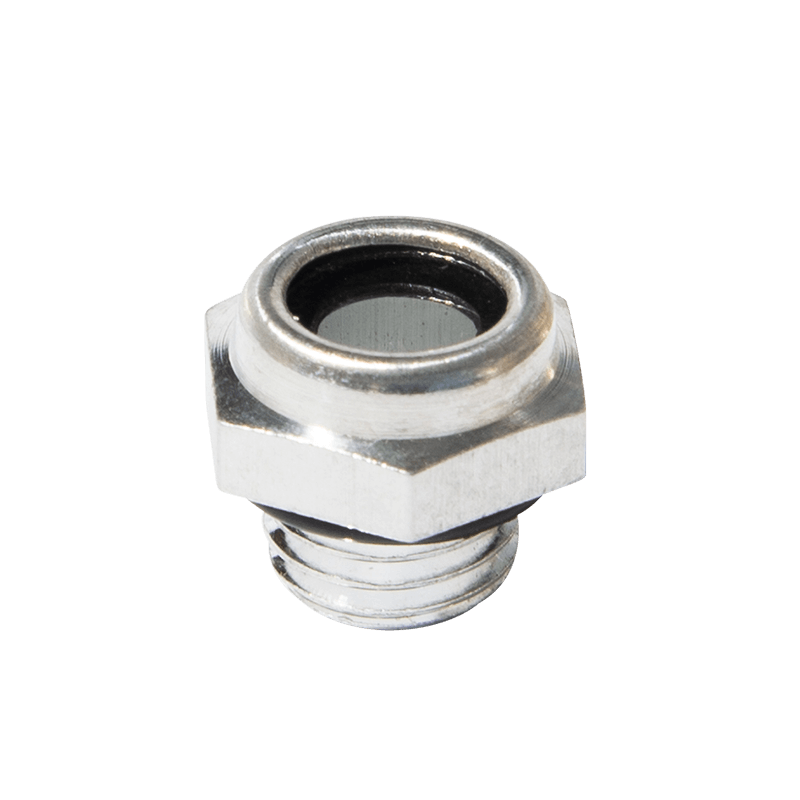
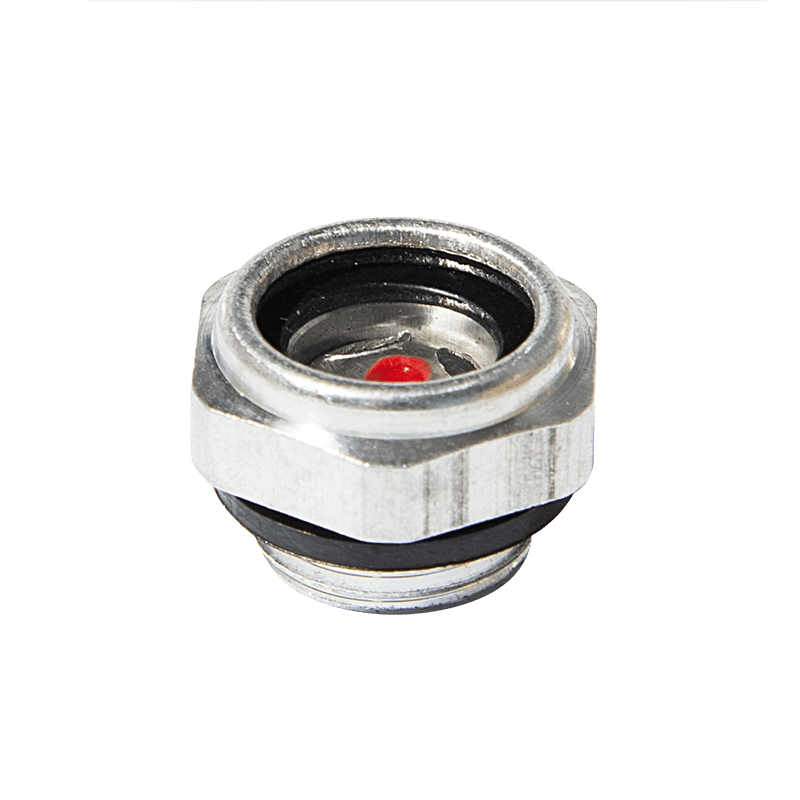
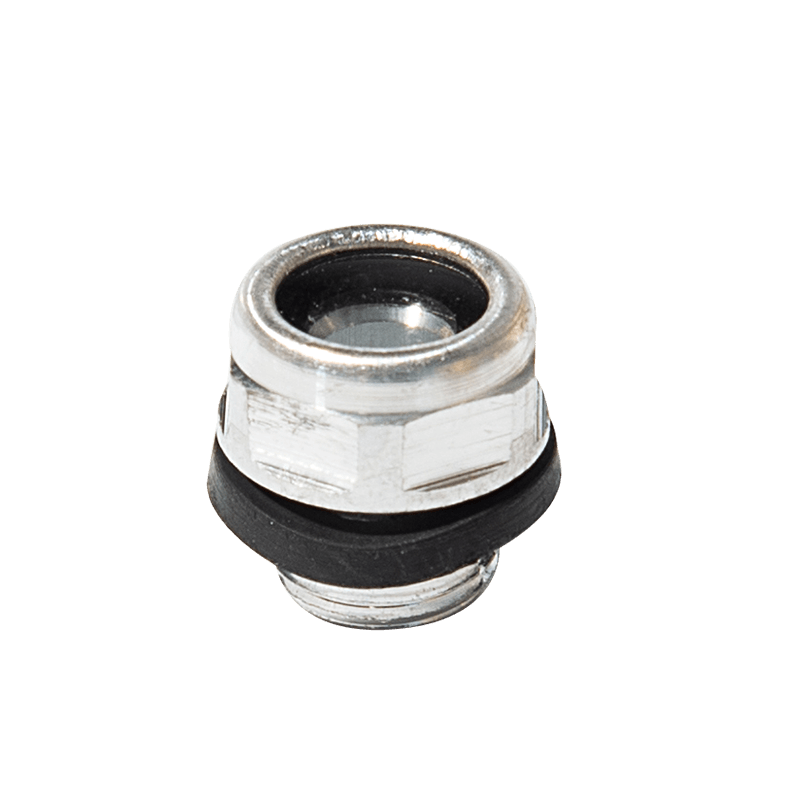
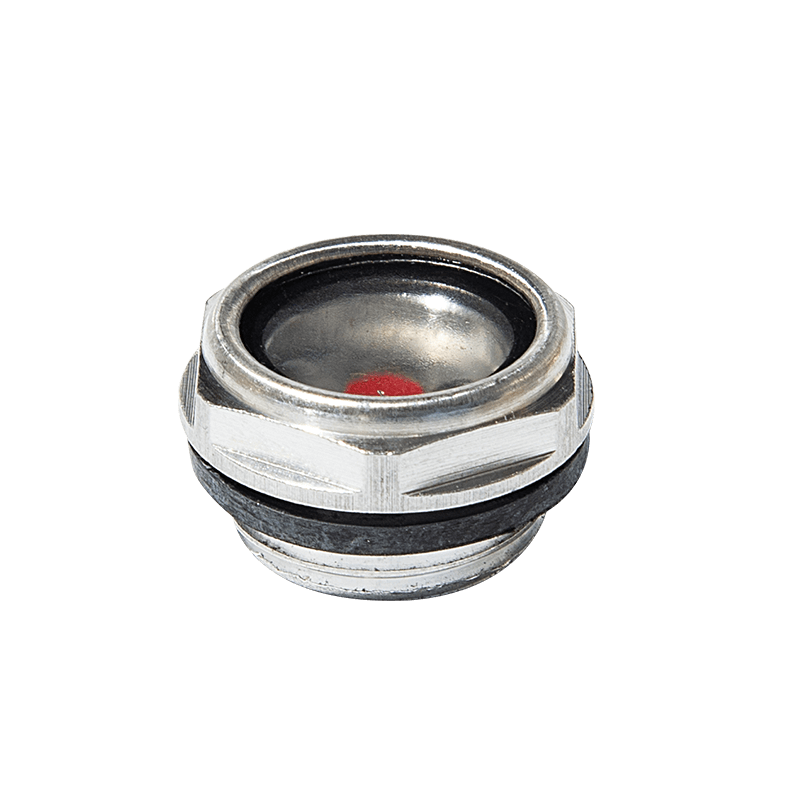
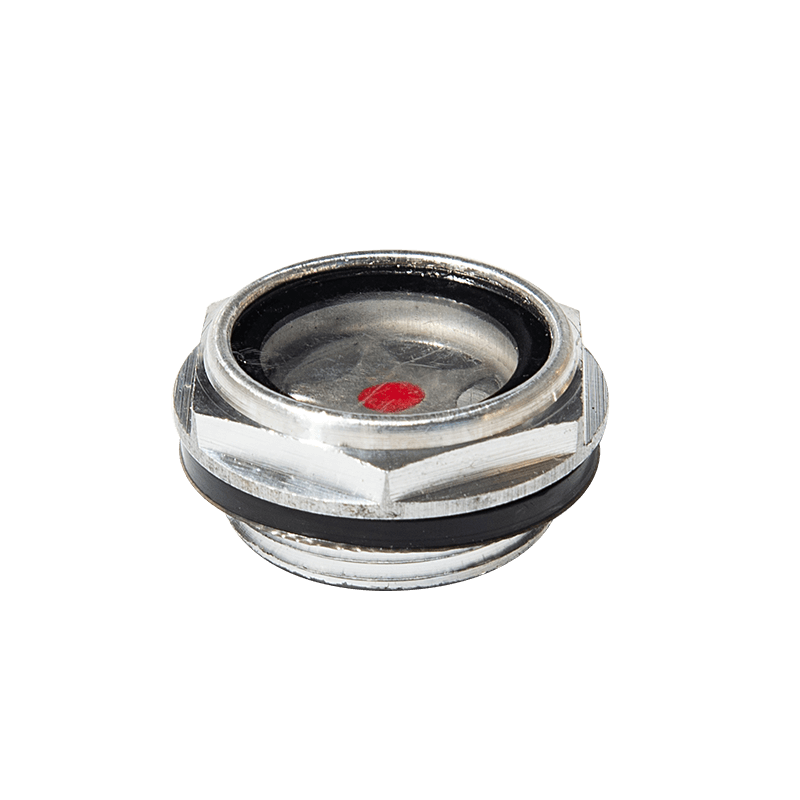





Contact Us